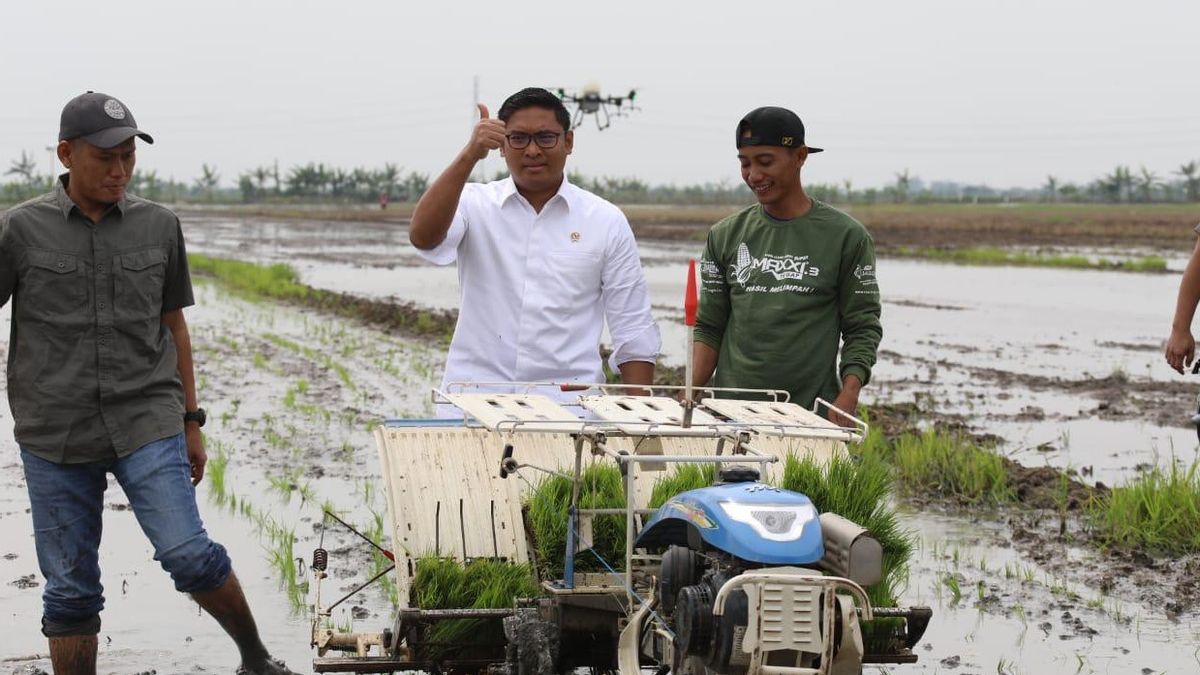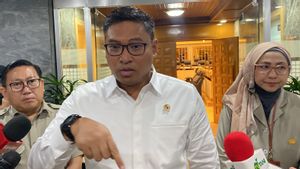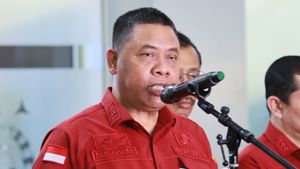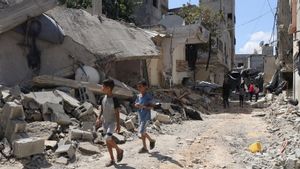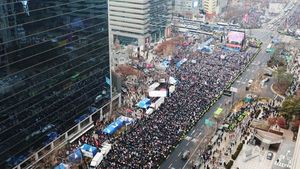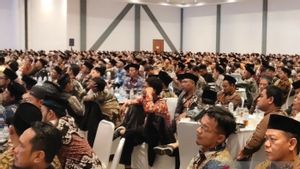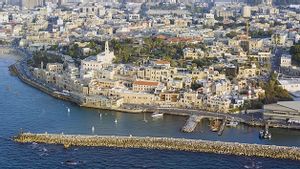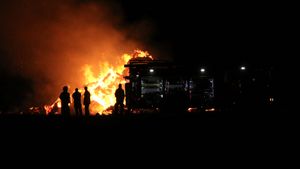JAKARTA - In the inaugural speech, President Prabowo Subianto has launched food self-sufficiency. The Ministry of Agriculture will spearhead the realization of this program. Deputy Minister Sudaryono revealed what strategies will be implemented.
The government is intensifying a new rice field printing program covering an area of 3 million hectares to ensure food security amid global challenges and population growth that continues to increase. This program is part of a strategic step in dealing with the threat of a global food crisis and maintaining national stability in the agricultural sector.
According to Deputy Minister of Agriculture (Wamentan) Sudaryono, with the projection of Indonesia's population growth which is estimated to reach 330 million by 2050, the need for food also increases rapidly.
"Currently, the existing agricultural land is increasingly limited due to the conversion of land into industrial and residential areas. Therefore, the printing of new rice fields is a crucial solution to expand the rice production area, the nation's main food commodity," said Deputy Minister Sudaryono in his statement, Thursday, October 24.
He explained that the program that was the priority of President Prabowo's government was not only due to domestic factors, but also because global dynamics also played an important role in the urgency of printing this rice field.
"The uncertainty of the global economy, climate change, and disruption of the international food supply chain due to various geopolitical conflicts, including the Russia-Ukraine war, exacerbated the world's food conditions," said the man who is familiarly called Mas Dar.
"Indonesia, as a country with a large population, cannot depend on food imports. Independence in the agricultural sector is becoming more vital to deal with this uncertainty," added Deputy Minister Sudaryono.
Deputy Minister Sudaryono, who came from the farmer family, also said that this rice field printing program would certainly be integrated with modern agricultural programs that utilize technology, such as the use of superior seeds, modern irrigation, and agricultural mechanization.
"This is not only about expanding the land, but also ensures that agricultural productivity can increase significantly to meet the needs of the community," he said.
SEE ALSO:
Furthermore, rice printing is also part of a national strategy to reduce dependence on imports of foodstuffs. Although Indonesia has been self-sufficient in rice in recent years, the threat of a global food crisis reminds how important it is to increase domestic production capacity so that it can still meet future needs.
With this strategic step, Indonesia is expected to be able to maintain national food security as well as be ready to face changes and uncertainties in increasingly complex global conditions.
The government is currently also targeting that the printing of these fields will certainly create new jobs in the agricultural sector and encourage the village economy. "The rice fields are not only an effort to increase food security, but also a way to improve the welfare of farmers and reduce poverty in rural areas," explained Deputy Minister Sudaryono.
The English, Chinese, Japanese, Arabic, and French versions are automatically generated by the AI. So there may still be inaccuracies in translating, please always see Indonesian as our main language. (system supported by DigitalSiber.id)
